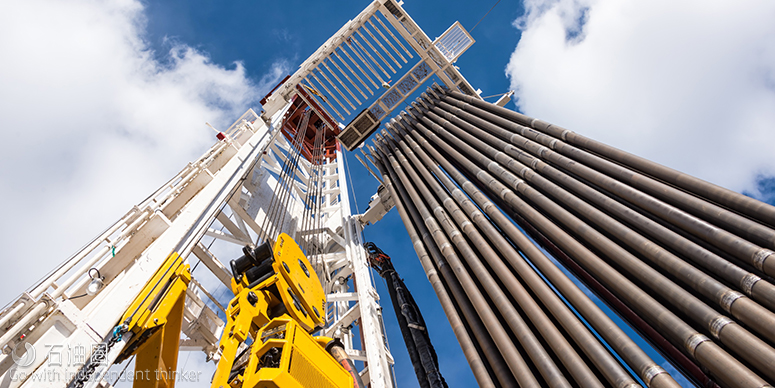Horizontal drilling practices continue to evolve in North America as completion intensity and pumping rates increase, horizontal wells get longer, and more stages are completed. There is also a goal to decrease the well construction time and cost, often resulting in a reduced number of casing strings, narrower and longer annuli, thus exposing weak formations to higher pressures for longer periods.
The exposed formations, longer laterals and smaller annuli pose new challenges in achieving a successful cement job. Cementing operations now require lighter and more stable slurries, larger volumes and cements with sustainable resiliency to downhole changes in pressure and temperature to contain the fractures and maintain annular hydraulic isolation.
These challenges have stirred operators to seek alternative solutions to achieving quality cement jobs.
Low-Density Cement Portfolio
Cement jobs require the density of the slurry to be chosen such that the pressure exerted by the fluid column is between the pore pressure and fracturing pressure of the cemented zones. Higher density cement usually provides greater compressive strength; however, it will cause higher annular pressure and may exert excessive pressure on the formation, leading to lost circulation.
Traditional solutions for high strength, low density slurries include nitrogen foamed cements and low density glass bead blends, both of these solutions present operational challenges and are limited in their cost effectiveness.
IntegraCemTM LITE cements provide an economical and operationally straightforward solution with slurry densities as low as 9.5ppg. Lightweight cements lower hydrostatic pressure during cement placement and reduce the chances of lost circulation. They can be engineered to have the necessary strength to overcome wellbore stresses induced by completion operations. Lightweight cements can also be designed such that setting times and gel transition prevent gas influx and improve overall well integrity.
IntegraCemTM LITE is a portfolio of high-quality, low-density cements that are lighter and have higher strengths than conventional options. This lightweight cement offering includes a comprehensive selection of engineered intergrind cements and an exclusive, patented cement blends. The company’s low-density cement consistently provides superior tensile and early compressive strength and improves the integrity of the annular seal.
These materials are engineered to optimize set-cement properties – low density with high strength and low permeability – while providing slurry stability over a wide range of downhole temperatures.
The cement’s versatility is enhanced as a field blend, as densities and properties can be tuned to specific requirements by adjusting the blend material ratio. These systems can be designed to provide excellent slurry stability, free water control, particulate suspension, additional fluid-loss control and exhibit zero shrinkage, further promoting annular integrity.
Important operational efficiencies can also be obtained with IntegraCemTM LITE blends. The systems can be engineered, which allows a range of density changes without requiring a full slurry redesign.
The cement blend is pozzolanic in nature and extensive testing found the new lightweight material demonstrates enhanced properties of the set cement superior to conventional cements.
In-house laboratory testing evaluated different densities of the proprietary lightweight cement for tensile and compressive strengths, water permeability, mechanical properties (Young’s modulus and Poisson’s ratio), shrinkage/expansion under pressure and temperature, and slurry properties including fluid loss, free water, mixability and pump time.
The evaluation began by examining the viscosity at surface and temperature, free water and fluid-loss properties in a slurry state. These examinations assessed dehydration level and slurry stability, which is important for long horizontal wells. Results showed that it provides free water control, extra suspension and facilitates in lowering fluid-loss value.
The second part of the performance evaluation tested the strength and permeability of the lightweight cement after setting. Testing was conducted over time intervals from 12 to 72 hours. At each measurement, the cement blend delivered significantly higher compressive and tensile strengths with lower set cement permeability and better mechanical properties (relatively lower Young’s modulus and higher Poisson’s ratio) than conventional alternatives. Having higher early compressive strength translates to faster time to completion of the overall cementing process and faster time to drill to the next stage. The lower set cement permeability, resiliency and no shrinkage attest to wellbore integrity and better zonal isolation.
The use of BJ Services’ lightweight cements in North American wells has been proven to achieve a quality cement job, minimize complexity, leverage material supply options and meet state standards.
In North Dakota, an operator required a low-density cement that could achieve high early compressive strength at low temperatures. BJ Services recommended a locally-sourced, engineered lightweight intergrind cement. The cement had a density of 11.5 ppg that exceeded the strength required, providing
a reliable annular seal, with no lost circulation and the required top of cement, thus enabling the operator to quickly continue drilling to the next stage.
Similarly, in the Permian Basin BJ Services has adopted another solution from the IntegraCemTM LITE portfolio, in this case a premium blended cement using proprietary natural pozzolanic materials ideally suited for the 10.5 ppg slurry required in the basin. As designed, these slurries provide mechanical properties which meet or exceed the well design requirements and optimize the well construction process.
Conclusion
Lightweight cements are demonstrating importance for achieving long-term well integrity while adhering to regulatory requirements and overcoming challenges posed by horizontal well operations.

 石油圈
石油圈
